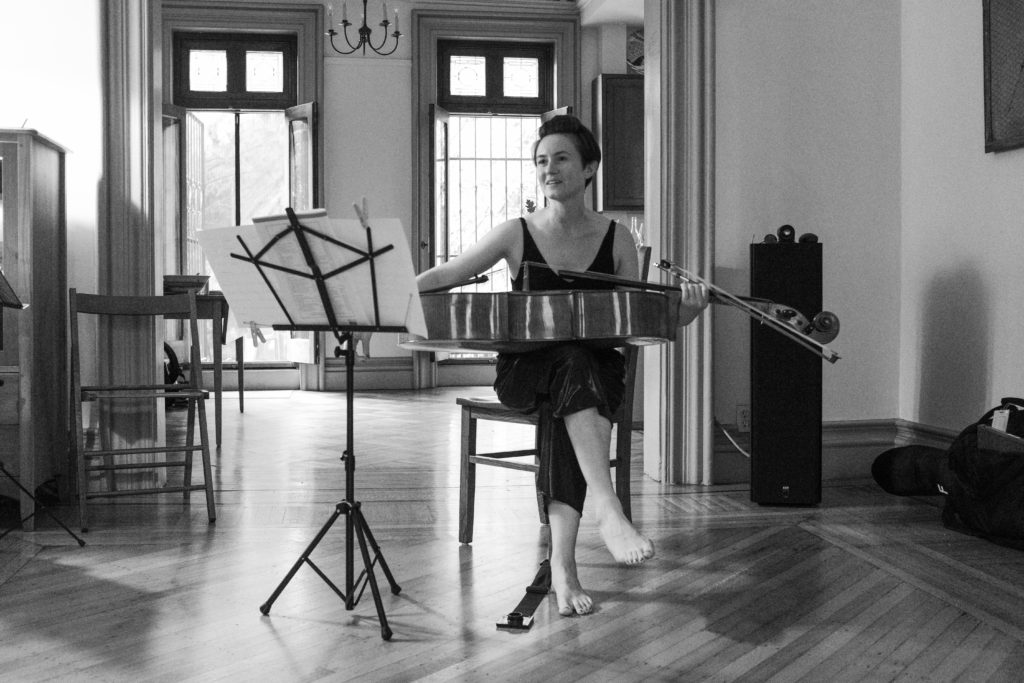So your teen is obsessed with the cello…
They might already have been taking lessons for a few years, love playing in orchestra, and are spending their extra time watching technical tutorials on YouTube, hungry to learn more.
It’s also possible they might not always be sure of how to proactively direct their time and attention outside of lessons and the rehearsal room, and be feeling a bit stuck or frustrated with the gap between where they are right now, and where they’d like to be.
They might be struggling with excess tension in their body, a small sound quality, certain rhythms, and intonation.
(They might also be resistant to feedback from their well-intentioned parents/guardians!)
Oftentimes, young cellists see their peers who are a few years older, or perhaps more technically proficient, and feel inspired to work more seriously at their playing. Youth orchestra auditions, high school and college applications, and scholarship opportunities might also be front of mind for young students and their families.
In addition to standard classical, your young cellist might be curious about delving into composition, electronic music production, and more creative approaches to the cello, thanks to the incredible application of the cello across all genres these days. However, it can be confusing to know where to start when, since most pedagogy assumes a western classical approach to playing.

What are lessons here like?
With any student, I first want to help them develop a healthy physical relationship with the cello and the bow so that they are free to express themselves musically.

For most students, this usually involves identifying and learning how to undo unnecessary tension– for example, thumb tension and shoulder pain in the bow arm is very common among students of many levels, and usually requires looking at the trajectory of the bow stroke and understanding the basic bowing motions on a deeper level.
For all students, we’ll focus on scales, arpeggios, and études (Dotzauer, Feuillard, Sevcik, Popper), work on learning how to use a metronome effectively to improve rhythm, and build skills in listening and sightreading.
Our work together can also include developing a skillset in music technology, electroacoustic music, music production, and free improvisation. For students interested in preparing for the NYSSMA exams, we’ll study pieces by composers such as Fauré, Saint-Saens, Popper, Marcello, and Vivaldi.
However, regardless of the repertoire being studied, my priority is to help each student work towards fluent coordination and self-sufficiency.
Learning to identify one’s musical desires, set goals, and break down goals into manageable steps is also an integral part of lessons together. It can feel easy to be overwhelmed by the amount of work there is to be done to reach a high level of playing, but focusing on small steps is the way to make the big goals feel manageable, and helps create a real sense of personal pride and accomplishment!
I host a studio recital 1-2 times per year, a cello ensemble, and encourage my students to seek out opportunities to perform.
I’d love to speak with you more about your young cellist– please drop me a note!